Creating a Path Out of Poverty: People share their experiences with homelessness and poverty in Isabella County
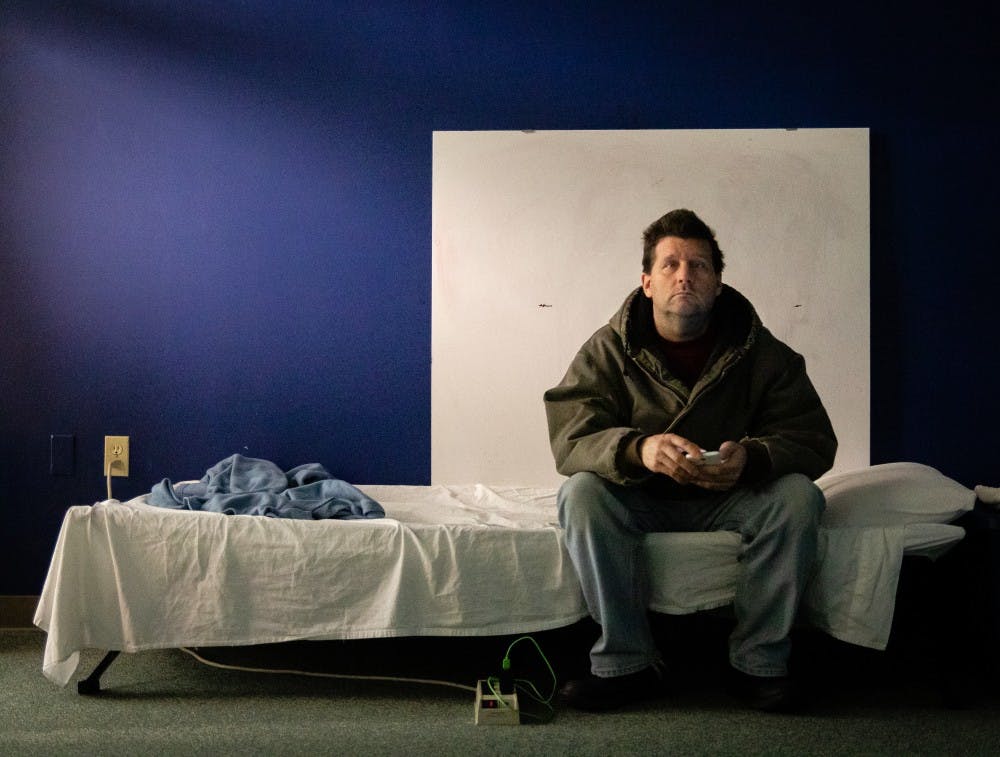
Robert Fuller was homeless for five years. Though he found a place to live in December 2017, every day Fuller still experiences physical pain he received while living outdoors. His damaged shoulder is one of the reasons Fuller said he is still unable to find full-time employment.
Before he lost his home, Fuller used to run a transcription service out of his home office. There he would listen to long forms of audio and video of speech and type them out for clients. Eventually, the amount of work he received did not keep the business viable or his finances stable.
Fuller, 43, was evicted from his Mount Pleasant apartment in 2010 and lived outside for the better part of five years. When he became homeless, he slept on picnic tables, under bridges and on snowbanks. He often stayed in the library during the day and crawled under a bridge to stay warm, covered by any coats and blankets he could find. Though Fuller tried to find a new job to help him work his way out of homelessness, his lack of a permanent address and other circumstances made it difficult for employers to consider him a viable job candidate.
“It’s kind of hard to get somebody to hire you when you walk in off the streets in clothes you have been wearing for a month,” Fuller said. “There’s no way to verify that you’ve done anything. I always imagined that my application got thrown right in the trash.”
Things felt hopeless to Fuller until he began receiving help from the Mount Pleasant Community Church. They introduced him to the Isabella County Restoration House, a temporary, emergency homeless shelter located at 1114 W High St. Since his first stay there, Fuller has been able to secure housing through a voucher from the Michigan State Housing Development Authority, which provides a living and rent allowance, but is still unemployed due to his shoulder tendinitis. His main source of income is donating his plasma. He hopes to restart the transcription service work once he can get a working computer that can run the programs he needs.
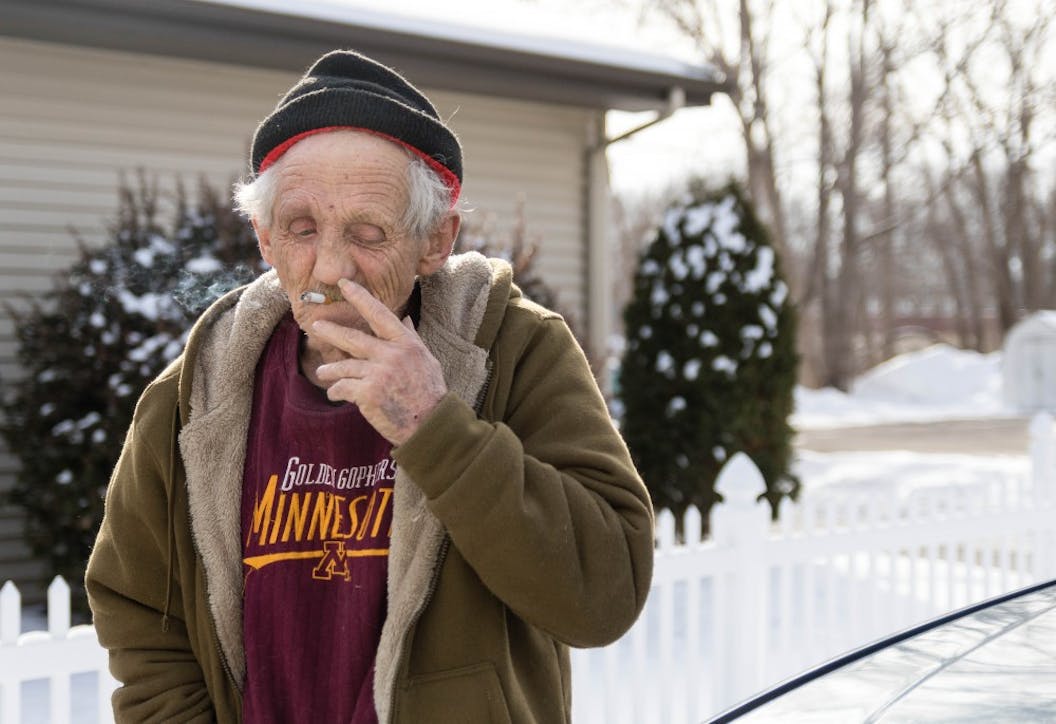
Fuller’s story of homelessness and poverty is not as uncommon in Isabella County, which has one of the highest poverty rates in the state. Working with the Isabella County Restoration House, there are many local organizations working to help people like Fuller rebuild their lives.
Homelessness in Isabella
It’s difficult to get an accurate count of the homeless population in Isabella County. The number of homeless people in the Mount Pleasant area fluctuates throughout the year.
EightCAP, Inc., a private non-profit division of the Community Action Agency, serves Gratiot, Ionia, Isabella, and Montcalm counties. The organization provides a diverse variety of solutions to address the causes of poverty in these communities including emergency and housing services for the homeless or financially unstable as well as Head Start and early childhood education services, according to its website.
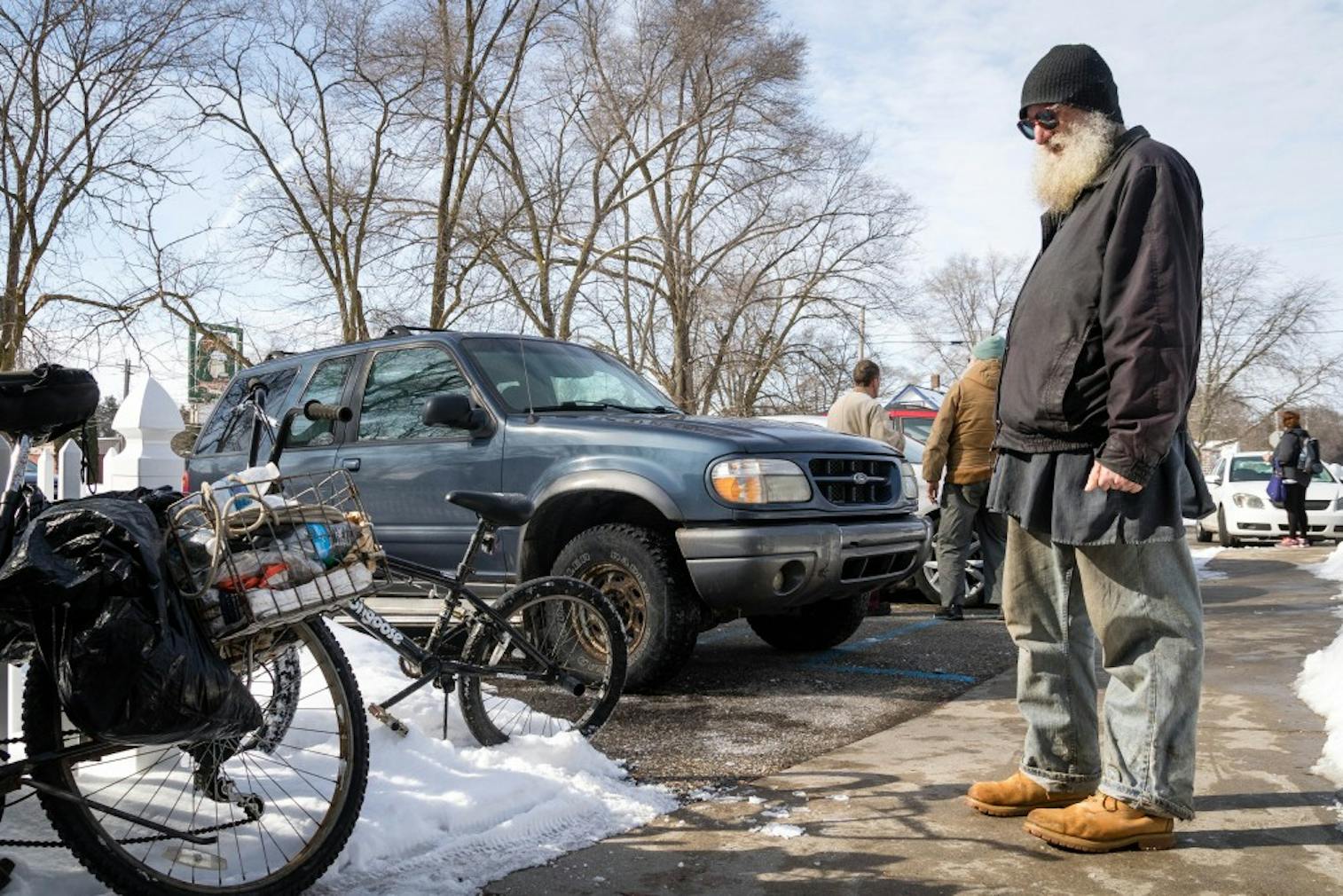
Each January, EightCAP conducts a "point in time" count of homeless people living in Isabella County. The PIT count defines the people who are “literally homeless" - people who have nowhere to go and who are living outside, explained Christa Jerome, Manager of Self Sufficiency Programs at EightCap.
In January 2018, the count showed 50 people. Because of the time of year, Jerome said the homeless population is at its lowest number. The homeless population increases when the weather turns warm. The January counts are mandated by the State of Michigan. Jerome said EightCap could do another one in the summer, but the agency doesn't have the resources to do a second summer count.
“During the cold months, family members and friends will let those who are homeless stay with them because it is so cold,” Jerome said. “As soon as it starts to get nice in April, they say ‘I’m sorry, you can’t stay here anymore.’ Then people revert back to tents, encampments or park benches.”
And according to data looking at the entirety of 2017, EightCap found that there were 510 unique homeless individuals in Isabella County, with 167 of them being under the age of 18. This number increases to 1,090 when talking about people who are not literally homeless.
EightCap also looks at what they call “prevention clients,” Jerome said. These people are on the verge of becoming homeless because they may have received eviction notices. Some may be fleeing domestic violence. EightCap provides emergency services to these people.
Homelessness also affects the city's public school district. Kim Funnell, Homeless Liaison Coordinator of the Mount Pleasant Public Schools, said the school district has seen the number of homeless children increase over the past few years.
There are 95 homeless students in Mount Pleasant Public Schools, Funnell said, which is determined through the metrics of the federal McKinney Vento Act. Under this legislation, children living in homeless conditions are ensured equal access to public schools. Under this law, school districts consider most children with no permanent shelter homeless. This means "couch surfers" or displaced families living in motels are not included in the count.
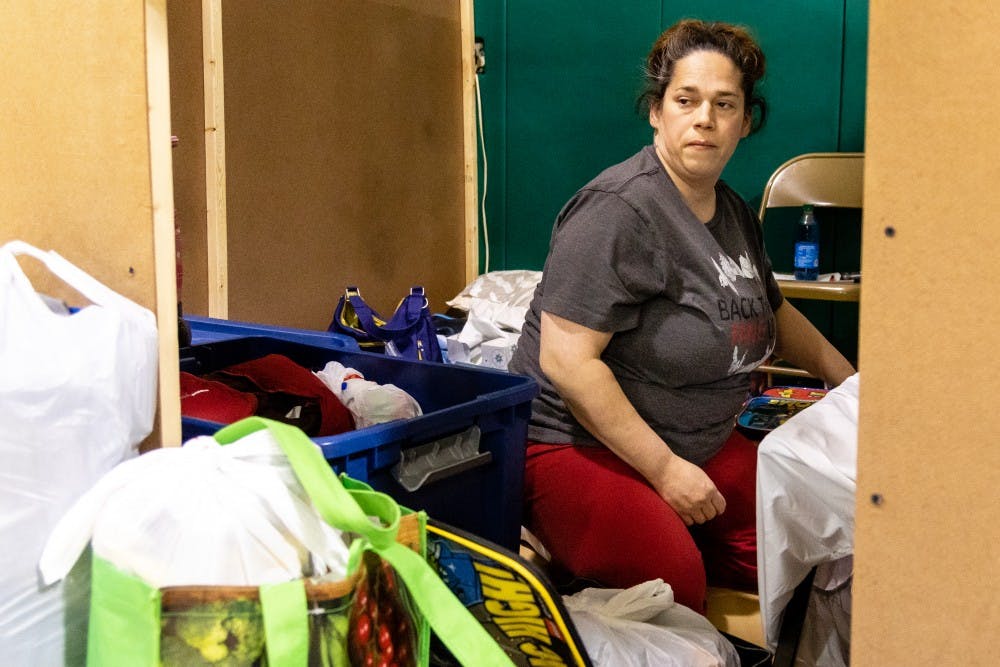
The school district tries to help these students by getting them in touch with services like the Restoration House, which is open six months every year from late October to mid-April and is usually at capacity. Executive director Ryan Griffus said the organization served 206 last year. That included 21 families and 61 children.
“We could have served 500 people if we had the resources,” Griffus said. “We were at capacity most nights, so we couldn’t take in folks. We had to refer them to other agencies.”
During an average week, residents stay at the Restoration House during the day, but the residents are moved to a different location at night. Night shelter locations change every two weeks and remain confidential for the safety of the guests, Griffus said.
In addition to providing emergency shelter, the restoration house provides clothing, access to showers, meals and transportation to job interviews. Guests are allowed to stay with the Restoration House for 30 days through their self-sufficiency program.
Day Shelter Manager Jessie Black, a recent CMU graduate, is in charge of helping people move forward with this program. She said the program helps people make goals to obtain things they need to get back on their feet.
"Even though (these goals) are small things like getting a new birth certificate, I.D. and social security card," Black said. "Eventually that all adds up to the big picture of obtaining employment, housing and transition into a self-sufficient state."
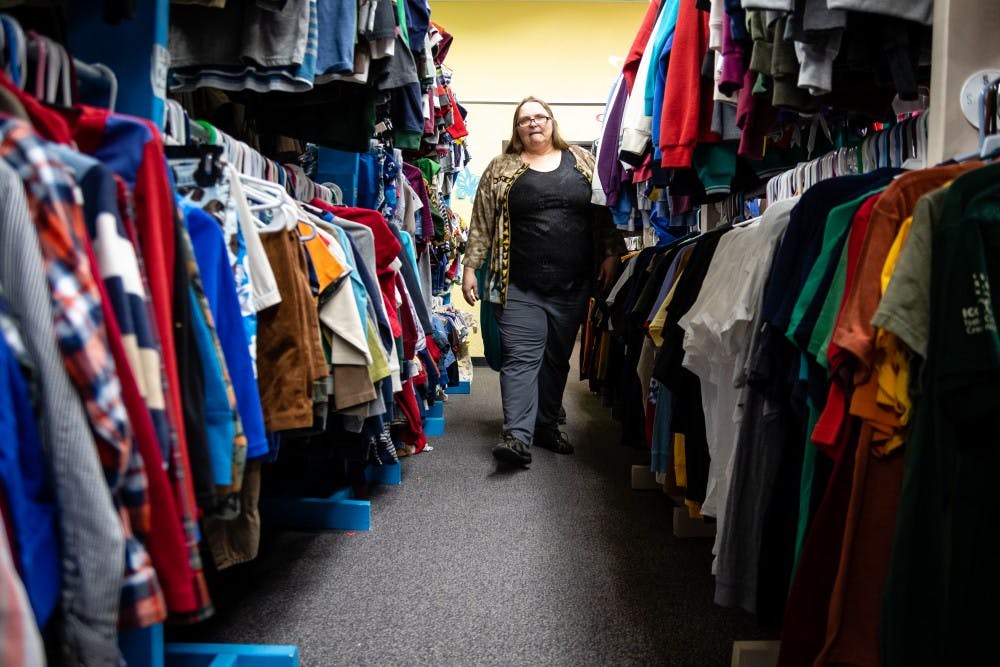
After 30 days, if these goals and issues have not been addressed by the guest, Griffus said they are given a 72-hour notice to find an alternate shelter. If they have been working at getting in touch with other resources and meeting their goals, the guest's stay could be extended.
Once a guest finds stable shelter and is able to leave the Restoration House, they have a wealth of resources at their disposal. Griffus said the same building the Restoration House is in contains The Pantry, a food pantry run by Community Compassion Network, and Clothing INC. He said when the guest is able to leave, they can go on something equatable to a shopping spree and get the supplies and clothing they need. They can even use these resources after staying at the restoration house. Griffus calls this symbiotic relationship a "continuum of care."
Many who work or volunteer at the Restoration House will tell you there is more than one definition of homelessness. Griffus said what most people would consider "homelessness" to be is not what all homelessness actually looks like. Based on his own experiences of being homeless, Griffus said people survive by sleeping in parks, find temporary shelter at friends' houses and sleep in cars and barns. Griffus said he never told anyone he was homeless. He said people knew he stayed at many different houses, but they never considered him homeless.
“There is a slice of the population that is unaware that there are homeless people in Isabella County,” Griffus said. “If you don’t see someone standing out on a street corner with a cardboard sign, then (they think) we don’t have (homelessness) in this community. The fact is homelessness looks far different (than the stereotype) in Isabella County.”
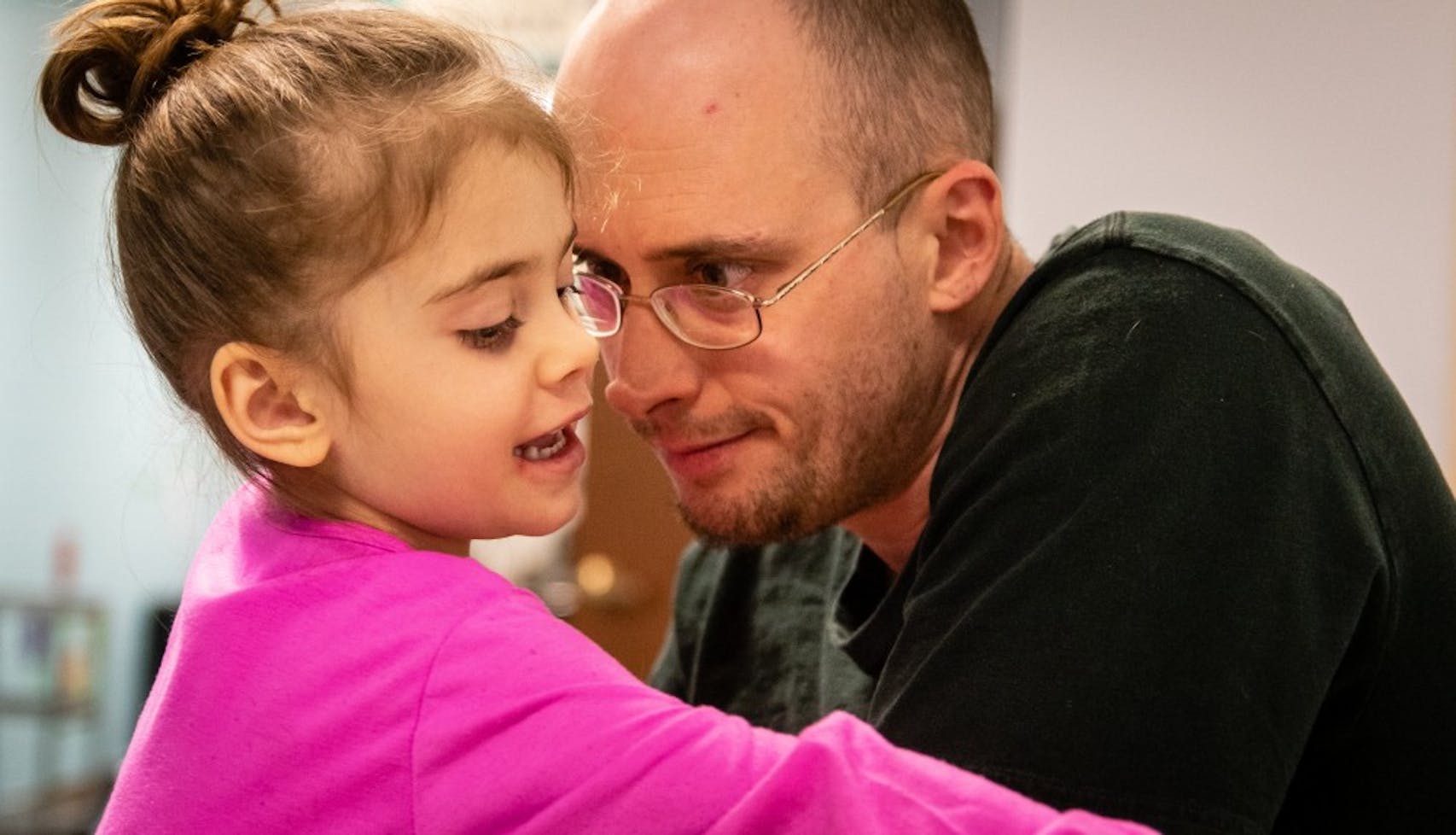
He said the main difference between rural and urban homelessness and poverty is the distance between resources. In urban areas, resources like the restoration house are closer together within walking distance, but not so much with rural areas. He said because resources are so spread out, people can become trapped in undesirable situations like domestic violence or drug addiction.
While homelessness is an issue in Isabella county, it is often a result of a larger issue: poverty.
Poverty in Isabella
Isabella has one of the highest poverty rates in Michigan when compared to the rest of the state, according to Nancy Lindman, Director of Public Policy and Partnerships at United Way of Michigan. United Way conducts a study called "Asset Limited, Income Constrained, Employed," or ALICE. The study looks at the financial needs and struggles of counties across the country, according to the program’s website.
The report records how many people live under the federal poverty line in each county and how many people are below what they call the ALICE threshold. The federal poverty line is an outdated metric rooted in the 1960s, Lindman said. The ALICE threshold is based on cost of living - which includes food, housing, healthcare, transportation and childcare. ALICE is a more modern and realistic view of poverty in America and Michigan.
“It is for the first time identifying these households that may be working,” Lindman said. “(They’re) getting up every day, doing what you need to do and yet they don’t have enough income to cover the basics.”
The study found about 25 percent of people in Isabella County are earning wages below the federal poverty line and another 25 percent of people are under the ALICE threshold. The household survival budget - similar to the cost of living - for the county is $17,160 for a single adult and $49,692 for a family household.
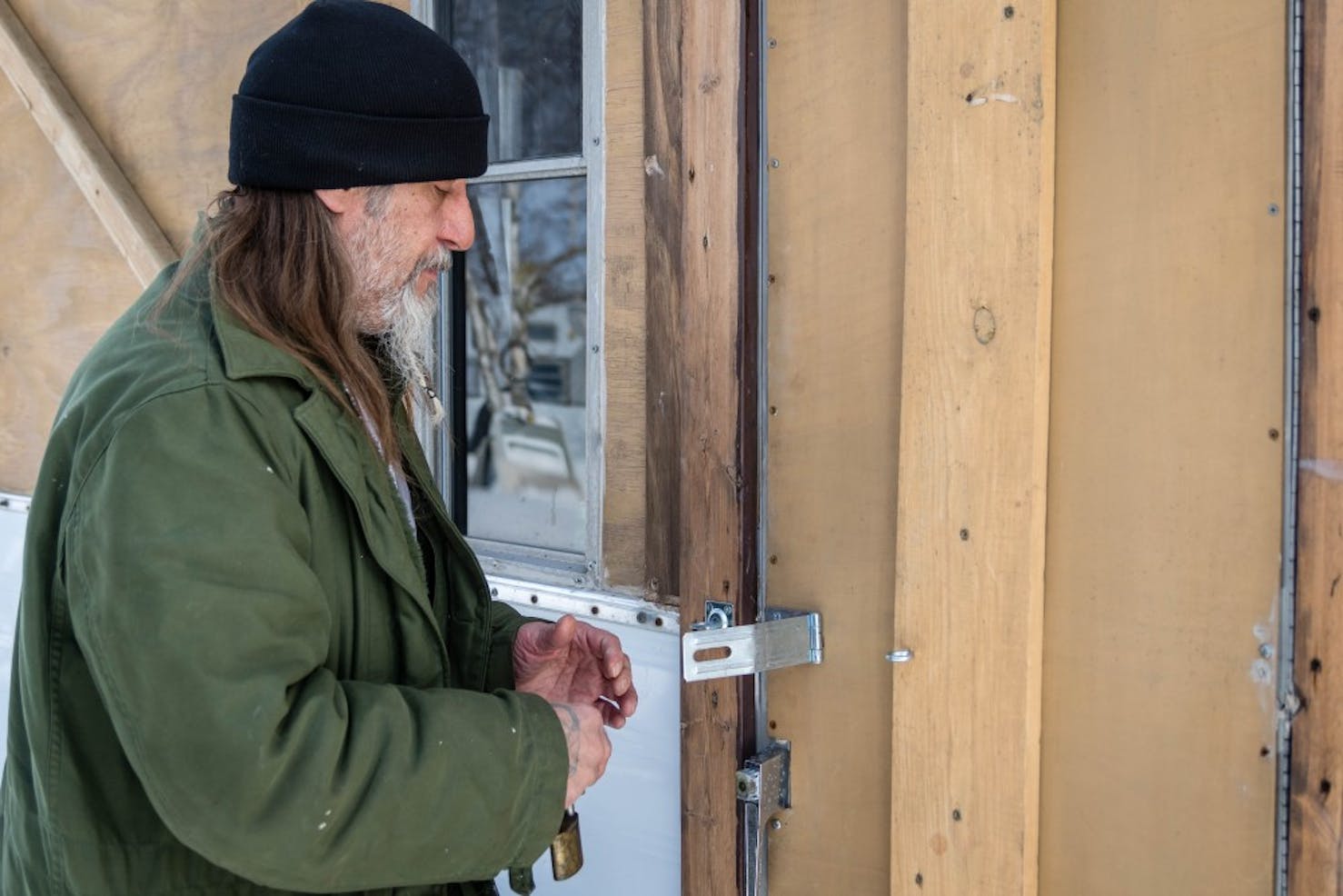
One piece of data that does not reflect the high poverty rate in Isabella County is its unemployment rate. The current unemployment rate in the county is around 3.5 percent, said Christopher Rishko, CEO of Great Lakes Bay Michigan Works! He said the low unemployment rate is the county is not always the best indicator of employment, since the number only reflects those who are actively trying to find jobs. He said those who are retired or have disabilities are not included in this number.
While the cost of living is slightly lower in Isabella than the State of Michigan overall, the poverty rate is higher than the state average. Overall, 40 percent of people living in the state are living under either the federal poverty line or the ALICE threshold. When comparing federal poverty and ALICE statistics, Isabella county is one of the top 10 counties in terms of poverty. The most impoverished counties are:
- Lake: 59 percent
- Luce: 55 percent
- Clare: 53 percent
- Baraga: 52 percent
- Schoolcraft: 52 percent
- Wayne: 52 percent
- Houghton: 51 percent
- Alger: 50 percent
- Isabella: 50 percent
- Iron: 49 percent
The City of Mount Pleasant has a similarly high poverty rate. About 61 percent of residents are living below either the federal poverty line or the ALICE threshold, according to the study. Lindman said the student population at Central Michigan University may have elevated these numbers.
And like homelessness, poverty in the city of Mount Pleasant has affected children in the school district as well. The best way to find out how many kids in the school district live in some form of poverty is to look at how many kids receive free and reduced lunches. Funnell said almost 50 percent of kids in Mount Pleasant Public Schools receive these lunches.
However, this might not be reflective of the entire student population. Funnell said not all students who qualify for these meals are signed up for them.
"It's not required that families turn in those applications," Funnell said. "We can't mandate them to share their financial information with us."
Funnel said the school also works with Community Compassion Network to give students take-home lunches, or "nutrition bags," for every other weekend. This is done for students who have parents who work over weekends, because they may not be able to prepare food for themselves. She said any student can utilize this service, which is also offered during summer breaks and snow days.
During the recent school closings that resulted from severe cold, snow and ice, Mary McGuire Elementary School was open to any student from any school district to come in for warm food. Funnell said 20 students came each of the five days the school was open to get food.
She said the school district can only do so much in terms of helping children. Most of the faculty are mandatory reporters with situations like homelessness or domestic abuse. If they hear a student is struggling with these issues, the district will try and get the student in touch with resources like the Restoration House, food pantry and Clothing Inc.
Recently, the Center for Applied Research and Rural Studies at CMU (CARRS) conducted a needs assessment survey in Isabella County, sampling 531 residents. The survey presented various questions to Isabella County residents about employment, safety, crime, healthcare and poverty. CARRS said they oversampled highly educated and wealthy people and about a quarter of the residents sampled have a yearly income of $25,000 or less. Even with this sampling error, many of the people sampled expressed concerns related to poverty.
When asked about poverty in Isabella County, 67 percent of survey respondents said they thought “poverty is a major problem in Isabella County.” More than 30 percent of respondents believed “enough is being done in the county to help people get out of (poverty)," and thirty percent of respondents thought a lack of well-paying jobs is a “big issue” or a “small issue.”
The hardships of poverty and homelessness can affect any individual, but perhaps it has a more devastating effect when it's a family affair.
The Duplers
The Duplers are a family of six, with four children younger than 10 years old. During their recent stay at the Restoration House, Jeremiah and Misty Dupler recall the circumstances that led them to be homeless and unemployed.
For Jeremiah, overcoming drug addiction and alcoholism will be the biggest obstacle he faces as the family searches for a new place to call home. Addiction stories are prevalent in the Restoration House. Black said substance abuse disorders are one of the more common reasons people become homeless.
Misty explains that she left Jeremiah last year, taking their four kids with her. Jeremiah drifted, traveling to homeless shelters in Detroit, Saginaw, Battle Creek and Kalamazoo. Because Jeremiah has epilepsy, which he said makes him a liability in the workplace, he has relied on social security, picking up bottles and doing odd jobs posted on Craigslist.
At first, he couldn't see how his substance abuse affected his wife and kids. He looks at Misty, who is tearing up, as he recalls their time apart. Jeremiah said they will get through their current troubles and that, “We’ve been through worse, and we’ve made it out of worse. You (Misty) yourself told me that we have to hit rock bottom to be able to come up.”
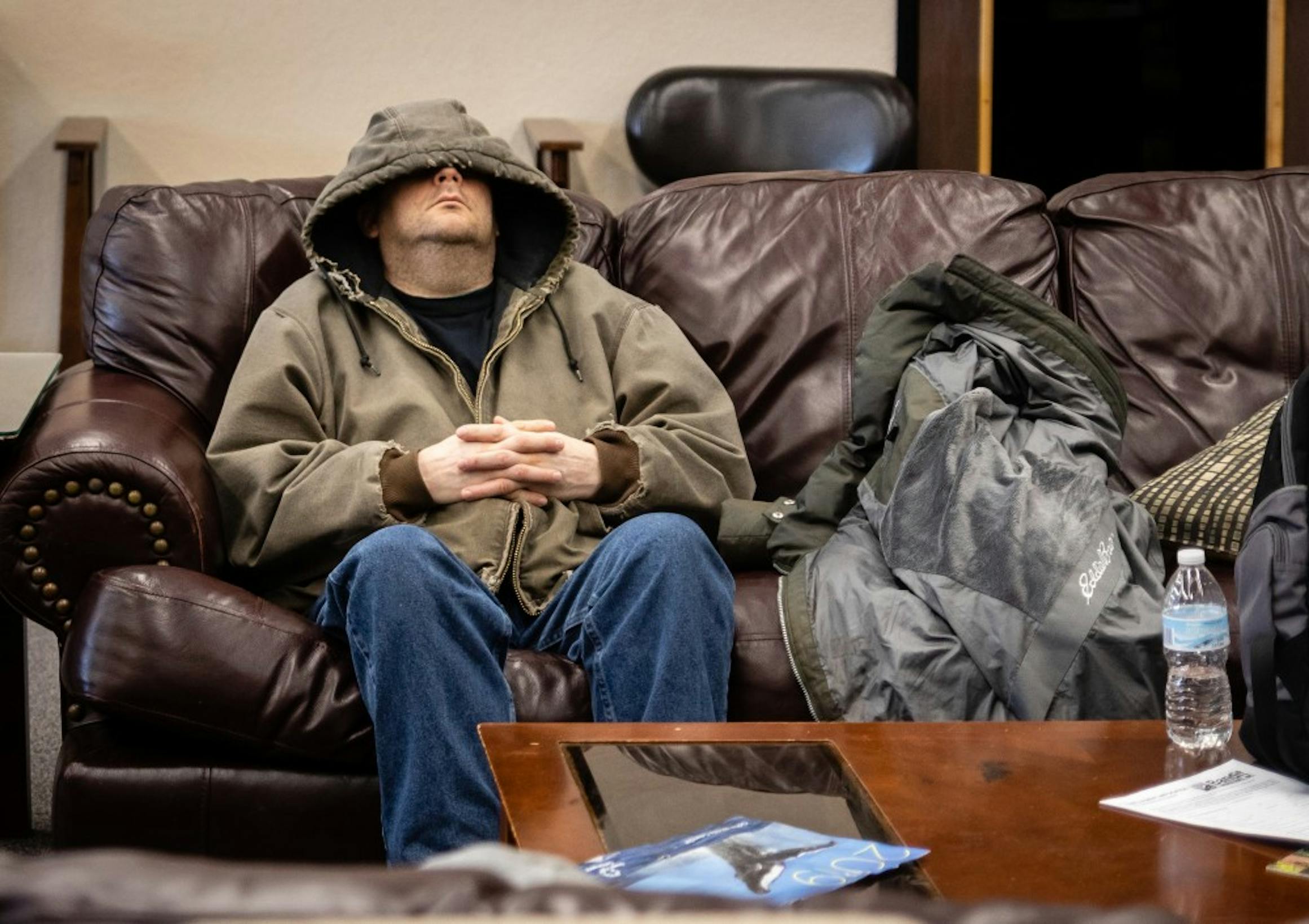
During his time apart from Misty and his children, he would see families eating at McDonald's and become emotional. His loneliness motivated him to try to seek help for his addictions. Jeremiah ended up at a facility in Midland where he received help to treat his addiction.
One of the biggest changes he made was to actively change the social group he finds himself in. He has made a conscious effort to be around people who support his choice of staying sober. All of this is to be better for his family.
“These seven months that I have been clean, I’ve taken my friend level down to around zero,” Jeremiah said. “I want friends, but I want to be able to choose the right friends and know that they’re really supportive.”
Struggling to raise four children alone, Misty was working a third-shift job at a dairy farm and struggled to find someone to watch the kids while she was at work. Without a vehicle of her own, Misty was relying on a friend to drive her 20 miles to and from her job. Eventually, without stable transportation, she had to quit working at the farm.
One of the most prevalent trends Griffus sees with families coming into the restoration house is that they recently suffered a job loss or losses. Along with job loss, he often sees medical events that lead families into debt where they can't keep up with paying for bills or rent.
Late last year, Misty, Jeremiah and their children reunited. They stayed at homeless shelters and friends’ houses, before ending up in Mount Pleasant. They are seeking a place to live and jobs to better their financial situation. Jeremiah is hoping his past plumbing experience can help him become a plumber’s apprentice. Misty is hoping that she can find work at a dairy farm.
Their future hinges on Jeremiah's sobriety.
“I hope that he stays (clean),” Misty said. “I can’t have my kids in that situation.”
What causes poverty and breaking stigmas
It’s nearly impossible to pinpoint a single issue that causes the poverty and homelessness rates in Isabella County to be so high in Mount Pleasant. Many social service workers have multiple takes on what might cause these levels to be so high.
Along with drug addiction, Black said she often sees two other common themes with the people she works with: One being misdiagnosed with mental illnesses, and the other is a history of facing some form of childhood trauma. Unresolved childhood traumas cause these people to not have the development needed in that part of their lives.
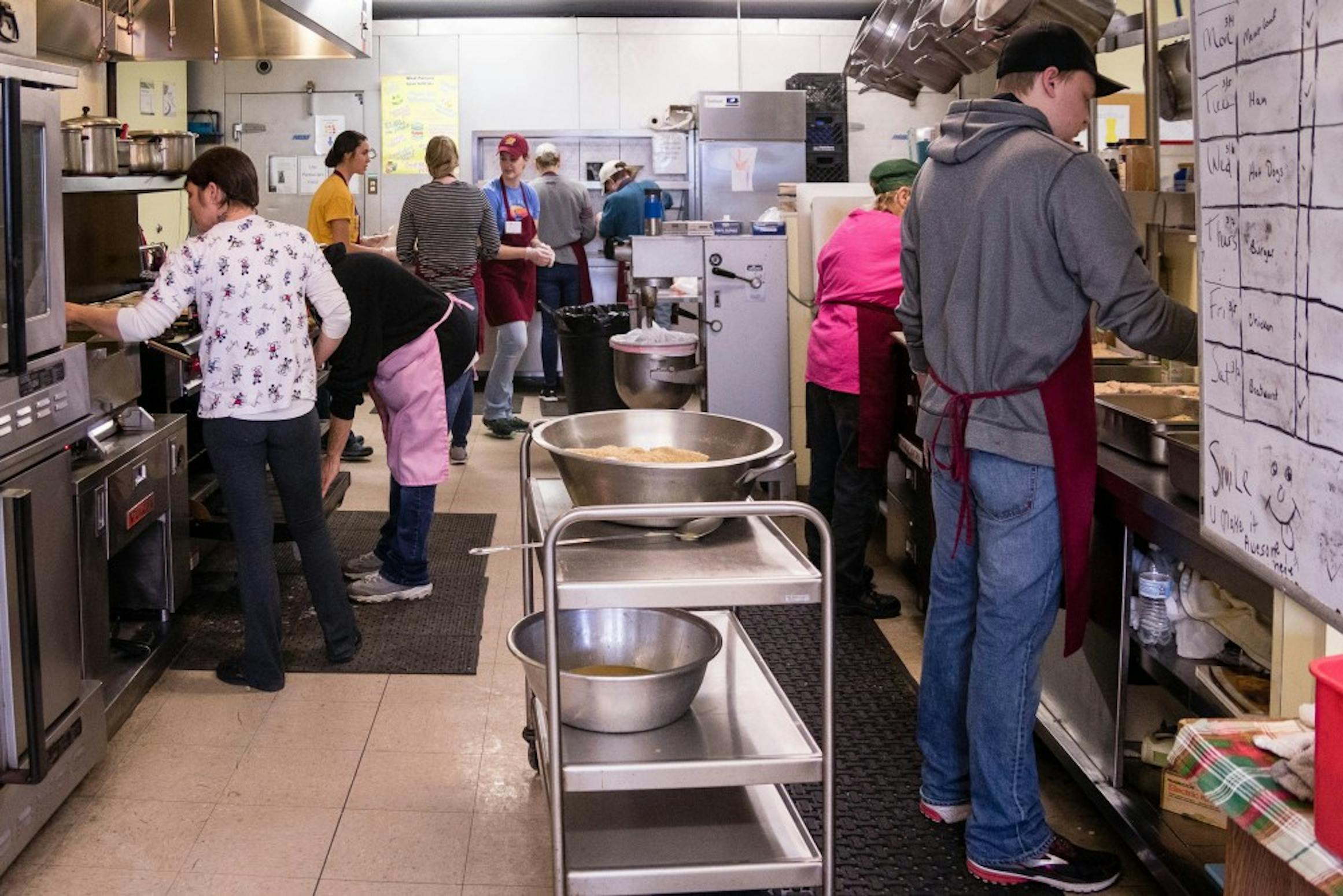
“Almost every single one of our guests," Black said, "has faced some form of childhood maltreatment, neglect or abuse."
Failed economic ventures are another common theme seen at the restoration house. Griffus said many people come to Mount Pleasant from smaller communities looking for employment. What they discover is that they are unable to keep up with their finances. They become homeless while living here. He said many hopeful or failed business owners come through the shelter as well.
Many social workers and homeless people said they have heard stereotypes about people who are in financial struggles. But like many stereotypes, they see many inaccuracies with them. When it comes to substance abuse, while Black said it’s a theme she has frequently seen at the Restoration House, Community Engagement Liaison Sherry Pulverente said that it’s an overall small factor.
Both agree that most of the people who come through Restoration House have been employed until they fell on hard times. Black said that sometimes people must make difficult decisions in "no-win situations."
“Sometimes it’s a choice of ‘Am I going to pay my rent or am I going to eat today,’” said Black. “When you’re faced with those challenges on an everyday basis, especially if you have kids as well, living in that state of survival becomes really difficult.”
One thing that Pulverente wants to stress to the community is they are here and that anyone who can should try to volunteer. Griffus wants the community to collectively realize that the issue exists in Isabella County.
"This is a community issue," Griffus said. "We need to change our minds as a community (in regards to poverty), and really rally behind our programs."
Resources:
Listening Ear:
Address: 107 E. Illinois St.
Phone: (989) 386-2774
Hours: 8:30 – 4:30 Monday through Friday
United Ways:
Address: 524 Mosher St.
Phone: (989) 773-9863
Hours: 9 – 5 Monday through Friday
EightCap:
Address: 310 W Michigan
Phone: (989) 772-0110
Hours: 8 – 4:30 Mondays through Fridays
MSHDA
Address: 735 E. Michigan Ave. Lansing, MI
Phone: 517-373-8370
Hours: 8 – 5 Mondays through Fridays
Michigan Works:
Address: 5889 E. Broadway St.
Phone: (989) 772-5304
Hours: 8 – 5 Mondays through Fridays
Isabella County Restoration House:
Address: 1114 W. High St.
Phone: (989) 854-0183
Hours: 9 – 5 Mondays through Fridays, 9 – 4:30 Saturdays and Sundays
The Pantry:
Address: 1114 W High St.
Phone: 989-863-4449
Hours: 2 - 6 Wednesdays, 8 - 1 Thursdays and the 2nd & 4th Saturdays 9 a.m. – 12 p.m.
Care Store:
Address: 1114 West High St.
Phone: (989) 773-3641
Hours: 12 – 6 Mondays and Wednesdays, 9 – 6 Thursdays and 9 – 12 Fridays
Soup Kitchen:
Address: 621 South Adams St.
Phone: (989)-772-7392
Hours: 8 - 1 Mondays through Saturdays
Clothing Inc.:
Address: 1114 W High St.
Phone: (989)-323-3332
Hours: 9-4 Mondays and Tuesdays, 9-6:30 Wednesdays, 10-2 Thursdays and 9-1 Fridays
Student Food Pantry (CMU students only):
Address: Located by the North campus Student Success center under Robinson Residential Restaurant






